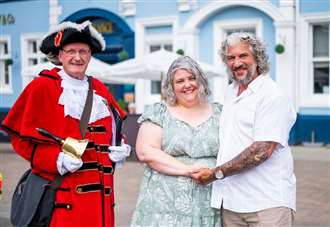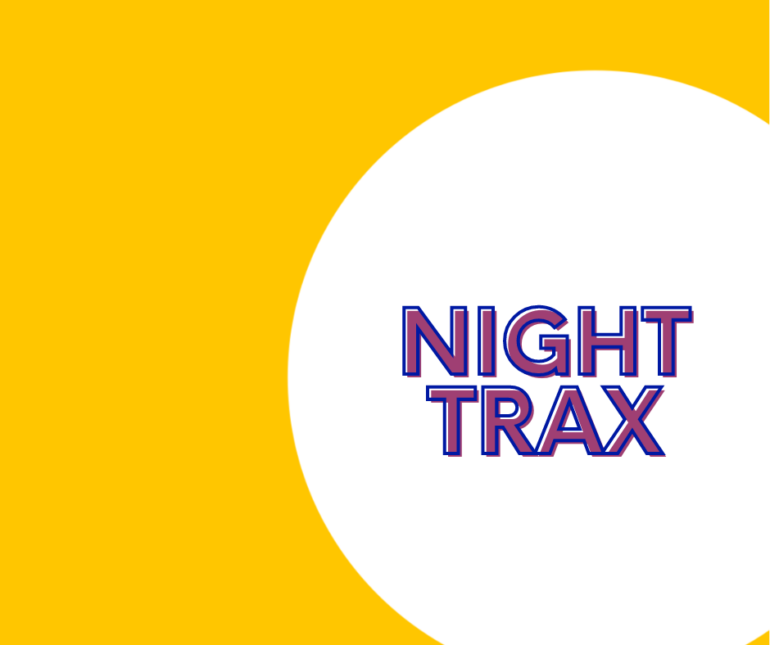-
 play_arrow
play_arrow
KL1 RADIO KL1 Radio Local Radio for West Norfolk
-
 play_arrow
play_arrow
KL DISCO KL Disco Playing Disco Music from the 70's onwards.24/7
-
 play_arrow
play_arrow
KL COUNTRY KL COUNTRY Playing New and Classic Country Music 24/7
-
 play_arrow
play_arrow
KL ROX KL ROX The best of New and Classic Rock.24/7
-
 play_arrow
play_arrow
KL SUMMER Summer Vibes 24/7 from KL1 Radio across West Norfolk
-
 play_arrow
play_arrow
KL CHILL Just Chill!
-
 play_arrow
play_arrow
KL POP The Best POP Hits all day Long!
-
 play_arrow
play_arrow
KL XTRA KL XTRA, The PopUp Station from KL1
music_note
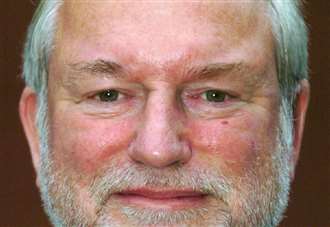
In his weekly The Bar Man column, Jeff Hoyle looks at the town’s long-lost pubs…Look at the archives in True’s Yard or the excellent Norfolk Pubs website and you could conclude that at one time or another just about every building in the old part of Lynn was a pub.Lots of figures are bandied about. In 1892 the Kings Lynn Vigilance committee reported that there was one licenced house for every hundred inhabitants, equating to one in 22 houses. The committee was part of the temperance movement, so the figures that they published were designed to shock the authorities into action, something that they achieved in the following years when many pubs were closed under the 1904 Licensing Act which was introduced nationally after a pilot scheme in the Birmingham area resulted in the closure of around 1,000 pubs.
As Ed Garman wrote for the Pub History Society: “Owing to the ‘success’ of the Birmingham scheme, the 1904 Licensing Act introduced a national scheme. Licensing Magistrates could now refuse to renew a pub’s licence if it was considered that the pub was unnecessary to provide for the needs of the public.“Compensation would be paid both to the owner of the premises and the licensee although, typically, only about 10% of the compensation went to the licensee. This compensation was paid for by a levy on the licences granted to other premises. This provision of the 1904 Act was carried forward into the Licensing (Consolidation) Act of 1910.”And so began the serious decline of pubs in Lynn, with 37 houses closing between 1906 and 1911, mostly by compensation. In truth, the numbers quoted by the Vigilance Committee were misleading. Firstly, their calculations were slightly wrong. Dividing the 4,161 houses in Lynn at the time by the reported 180 licenced houses gives a figure of slightly over 1:23, rather than the 1:22 that they claimed.Lynn was still a thriving port and in the days of sail, large numbers of sailors would be in the town, many of them seeking refreshment. The markets, including the cattle market, were also much larger than today with pubs near them catering for large crowds on market days, so perhaps the quantity of pubs should reflect the potential customers rather than the resident population.So, when was Lynn at its peak as a brewing and drinking town? Figures from the Norfolk Pub site quote that in 1826 the House of Commons recorded that there had been 15,564 barrels of strong beer brewed by public brewers in the town alongside 3,928 barrels of table beer.In addition, victuallers had produced 2,853 barrels of strong and 635 barrels of table beer, giving a total of almost 23,000 barrels or over 6.6 million pints, much of it destined for ships departing from the riverside The evidence of long gone pubs and breweries is still visible, for example, in buildings that were obviously once pubs, such as the former Portland Arms almost opposite the railway station or breweries like the former Bagge Brewery on King Street which still sports its brass sign on the wall.The name of Edinburgh Court on the corner of Littleport Street and Blackfriars Road pays homage to the Duke of Edinburgh pub that once stood on this spot while the S and P ironwork on King Street at the rear of Prezzo recalls the former owners of what was the Woolpack. Recently I spotted another one, so here is a challenge for you next time you are in town. The Black Horse once stood at 13 Chapel Street, just off Norfolk Street. Can you spot the reference to it?bar.man@btinternet.com
Similar posts
Upcoming shows
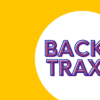
Weekend Back Trax
6:00 am - 8:00 am

Kelvin Scott – Weekend Breakfast
8:00 am - 11:00 am

Vicky Green – Classic Hit Lunchtime
11:00 am - 1:00 pm

Darren Furzey – Classic Hit Weekend
1:00 pm - 3:00 pm

Lee Vincent – Classic Hit Saturday
3:00 pm - 6:00 pm
-
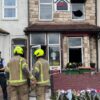
Three children who died in house fire are ‘missed beyond measure’, parents say

John Hunt says messages of support ‘like a hug’ following family crossbow deaths
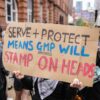
Police officer under criminal investigation for assault after airport video
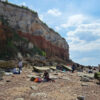
Hunstanton Fossil Hunting Trip – 18th August 2024

RNLI Kids Stormforce – 18th August 2024
Message Us Now!
Copyright The Mediasite UK - 2023.


